How to Understand the United States Military Exercises in China Seas

US, Japan, and South Korea conduct joint drills near China, while US and allies dominate South China Sea exercises.

US, Japan, and South Korea conduct joint drills near China, while US and allies dominate South China Sea exercises.
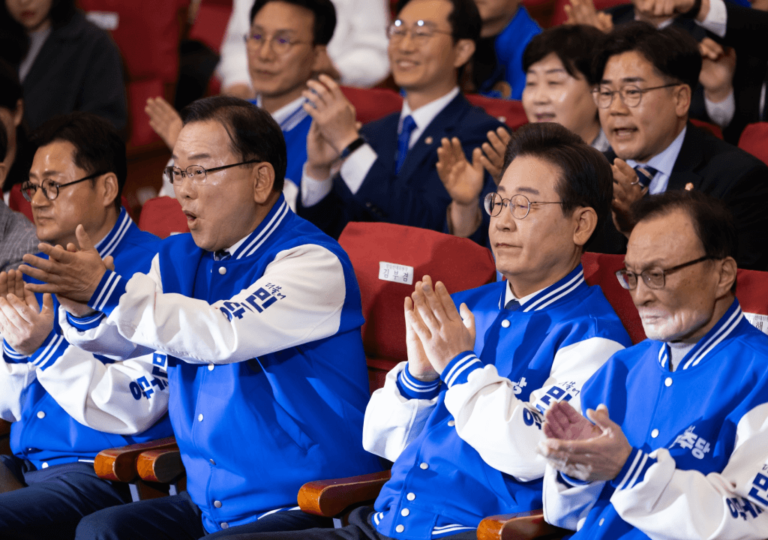
In South Korea's parliamentary election, the ruling People Power Party suffered defeat as the opposition Democratic Party, led by Lee Jae-myung, secured a landslide victory.
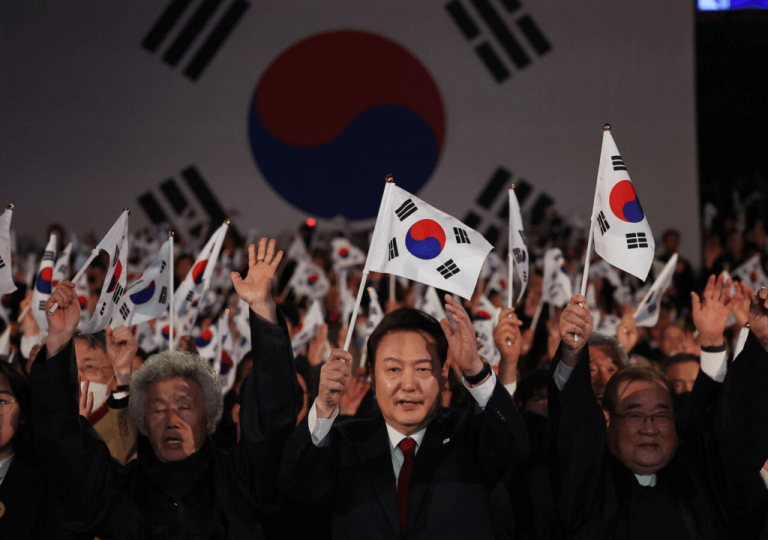
South Koreans gear up for pivotal parliamentary election on April 10, crucial for President Yoon Suk Yeol's reform agenda and political landscape.
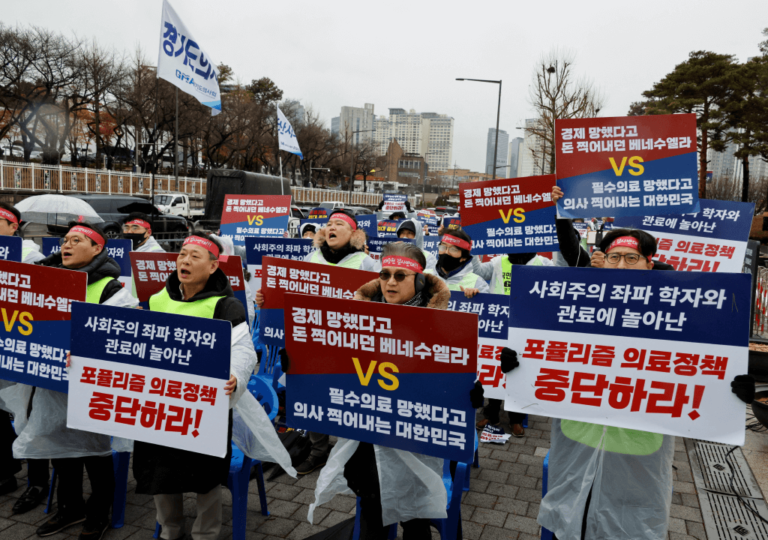
President Yoon's response to a doctor's strike reshapes public opinion, potentially aiding his party's electoral prospects amid healthcare turmoil.
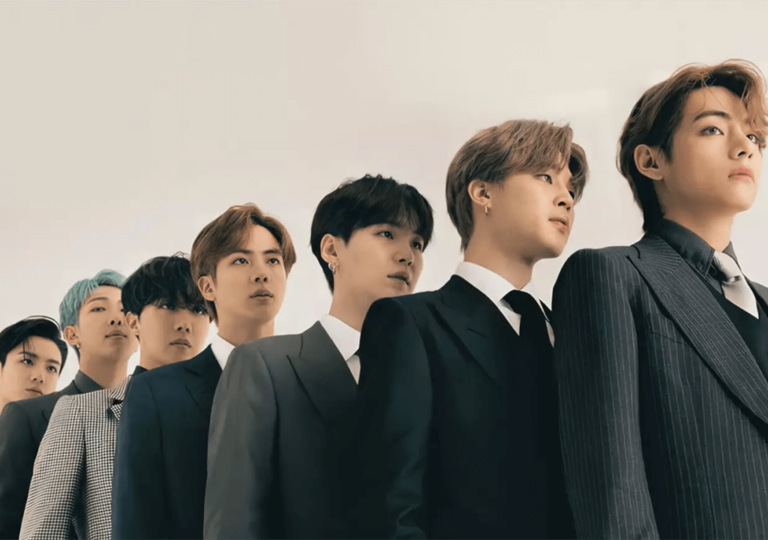
Young Indian girls' disappearance links to BTS fandom, revealing Korea's cultural surge globally, challenging US dominance in entertainment markets.
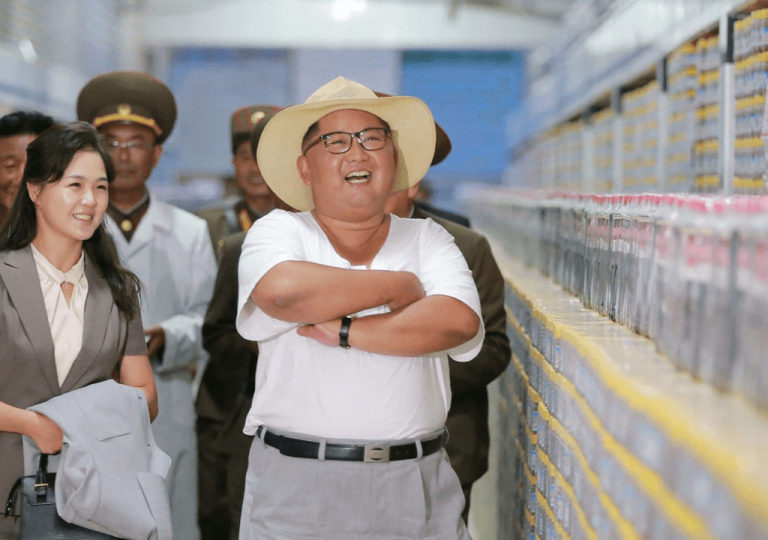
Prospects for Korean reunification remain distant amid escalating tensions. North Korea solidifies its stance as South Korea's "Primary Foe," emphasizing military strength over diplomacy.